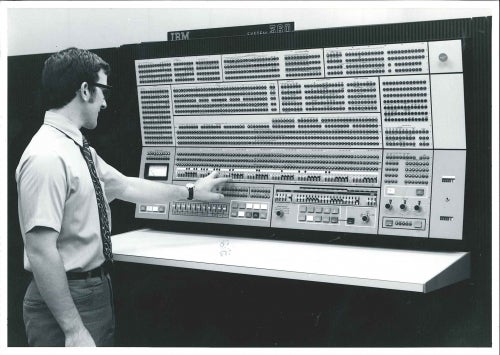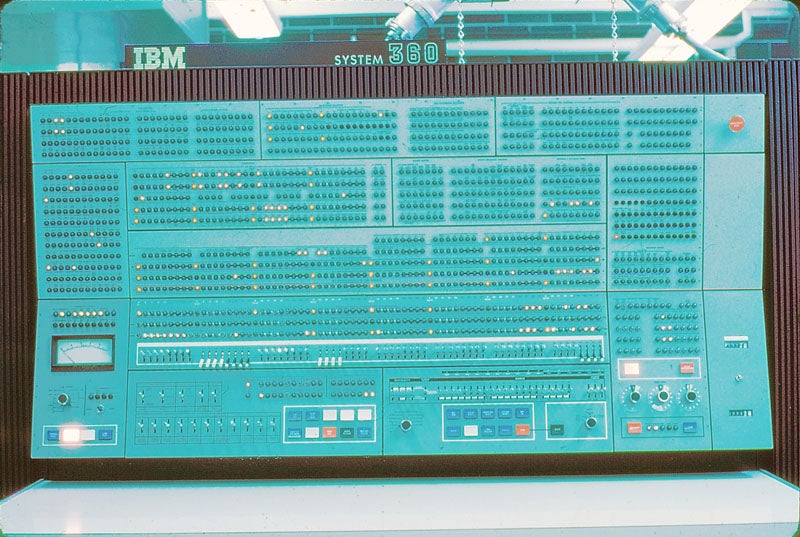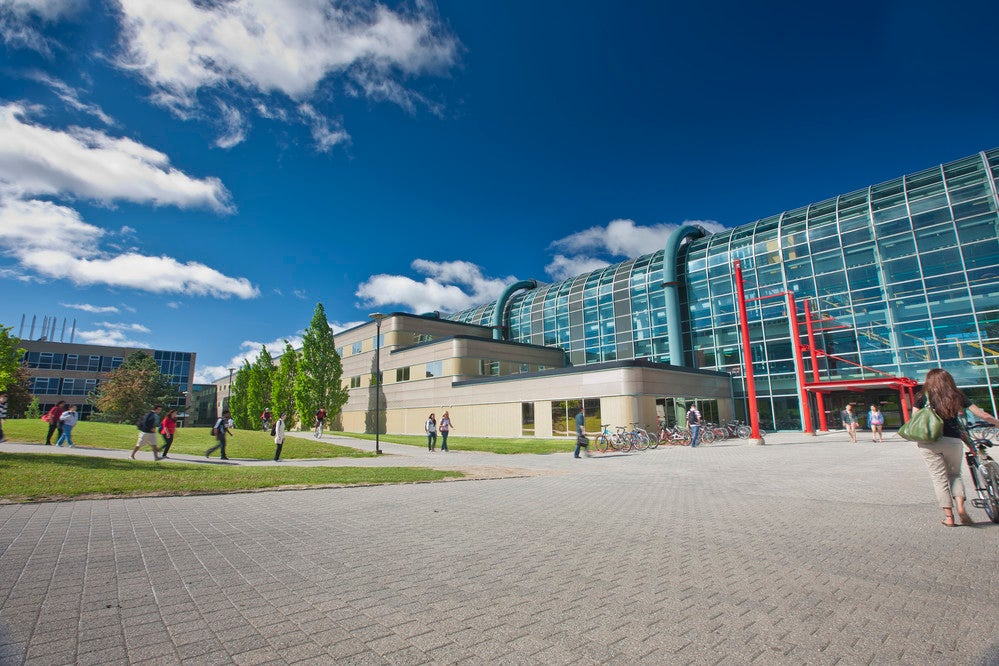The David R. Cheriton School of Computer Science is one of Waterloo’s greatest advancements and this year marks its 50th year of innovation and change to the world. What started with the construction of a new building, also jump started a new faculty and a positive change to the world; one that was unexpected by academics like Don Cowan, Wes Graham and many more. This contribution has sparked a ripple effect of success throughout the past 50 years, and will definitely continue in the years to come.

The IBM 360/75, the most powerful computer in Canada 50 years ago , the same model of computer that NASA would use to send astronauts to the Moon, was acquired and installed in the building that would house the University of Waterloo’s new Faculty of Mathematics, the Mathematics and Computer building (MC)
The Ontario government was funding 90 per cent of the cost of the Mathematics and Computer (MC), which the included furnishings for the building. Don Cowan and his colleague, the late Wes Graham, put in the proposal for the IBM 360/75 claiming it was a furnishing for the new building, which then was approved.
It was that sort of outside-the-box thinking that helped put Waterloo and its fledgling Department of Computer Science on the map. There was now a $5-million building with $8 million worth of furniture located on campus.

Graham, Cowan and others had come together in a research collective called the Computer Systems Group (CSG). The CSG began giving away copies of the software for free, but soon it was decided that a fee would be charged to cover distribution and ongoing maintenance costs. And yet the requests kept coming.
The CSG’s role in software marketing and distribution grew and was formally established within the University structure between 1969 and 1973. This entrepreneurial venture eventually led to the founding of WATCOM, or Watcom, the first of many spinoff companies from the University. These spinoffs in turn helped to cement Waterloo – the City as much as the University – as the tech hub that it is today.
The Department of Applied Analysis and Computer Science was formalized as an administrative structure in 1967 when the Faculty of Mathematics was created. (“Applied Analysis” was dropped from the name in 1975). The founders of the Department were free to innovate simply because of its lack of history.

Another significant change took place in 2005 when the School was renamed after alumnus David R. Cheriton, the billionaire computer scientist, businessman and philanthropist who received his master’s degree and doctorate from Waterloo in the 1970s. The renaming was in acknowledgement of Cheriton’s $25-million investment in the School.
Watcom, founded in 1979 as Waterloo Basic Enterprises, was joined over the years by other prominent spinoffs. Waterloo Maple Software (now Maplesoft), the creator and manufacturer of the Maple computer algebra system, was founded in 1988. OpenText Corporation, which is now Canada’s largest software company, was founded in 1991. All remain in operation today in the City of Waterloo, reflecting their origins in Computer Science at the University.
With more than 80 faculty members, more than 3,000 undergraduate students and approximately 350 graduate students working in 16 distinct research areas, the Cheriton School of Computer Science is the largest concentration of academic research in Canada, and consistently ranked as one of the best departments in the world.